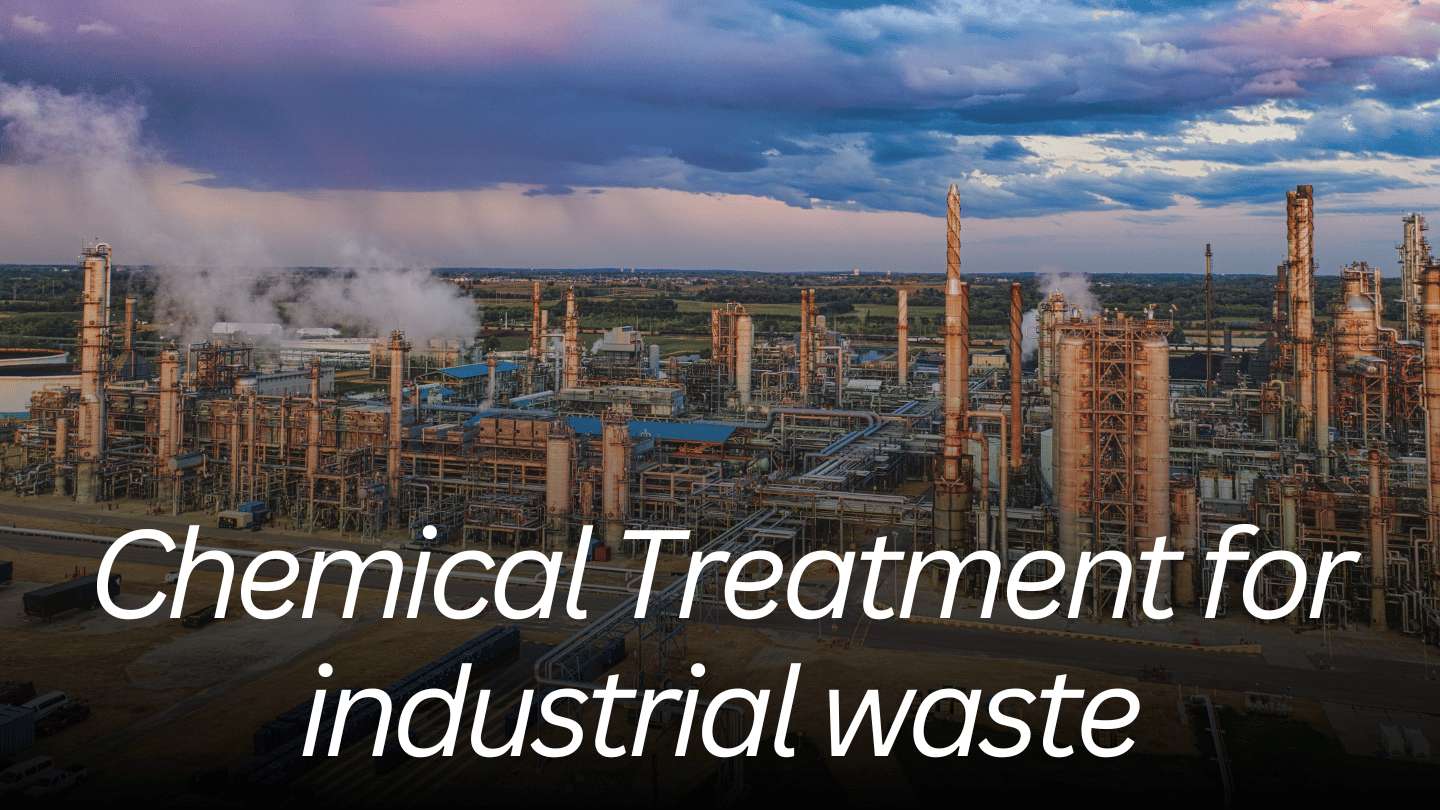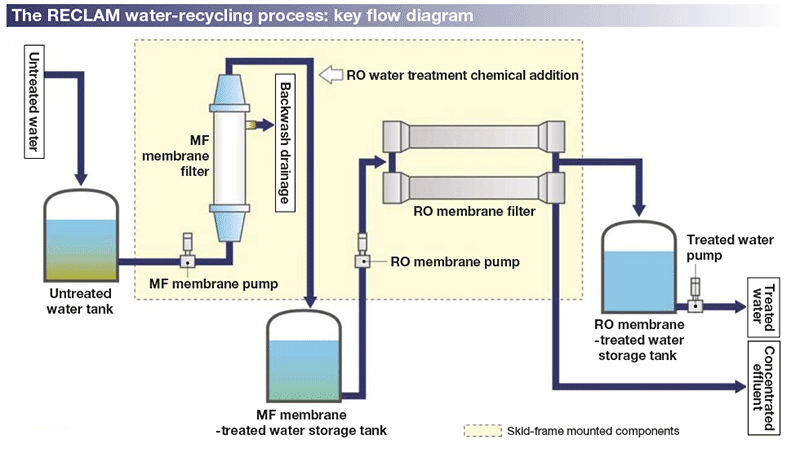Industrial Waste Water Treatment-- Efficient Waste Monitoring for Factories
Industrial Waste Water Treatment-- Efficient Waste Monitoring for Factories
Blog Article
Challenges and Solutions in Industrial Waste Water Treatment
The therapy of commercial wastewater provides a multifaceted array of challenges, varying from rigid regulative compliance to the intricacies of price administration and technological limitations. The irregularity in waste structure even more complicates the performance of standard treatment approaches, commonly resulting in intensified operational expenses.
Regulatory Compliance Obstacles
Exactly how can commercial facilities browse the facility landscape of regulative conformity in wastewater therapy? The governing structure regulating wastewater management is diverse, often differing by territory and type of market.
To properly manage these conformity obstacles, facilities ought to apply robust tracking and reporting systems that make certain real-time data collection and analysis. Routine audits and danger analyses can identify prospective compliance spaces, enabling aggressive changes in treatment processes. Employee training programs concentrating on regulative knowledge and best techniques are necessary to promote a culture of compliance within the company.
In addition, engaging with regulative agencies can supply beneficial insights and clarify ambiguous regulations. Facilities might additionally take advantage of seeking advice from with environmental specialists that specialize in wastewater therapy compliance, guaranteeing that they stay abreast of evolving guidelines. By adopting these methods, industrial centers can not just meet compliance demands but also enhance their functional effectiveness and environmental stewardship.
Price and Economic Obstacles
Browsing regulatory compliance in wastewater therapy commonly provides substantial financial difficulties for commercial centers. The prices related to executing needed therapy modern technologies, maintaining compliance with strict policies, and handling functional costs can be intimidating. Several companies encounter high first resources expenses for the construction or updating of wastewater treatment plants, which may strain budgets, especially for medium-sized and little enterprises.
Additionally, continuous operational costs, including labor, chemical, and upkeep inputs, add to the financial worry. The changability of rising and fall power prices and the potential need for added financial investments to satisfy progressing policies intensify these economic stress. In a lot of cases, the lack of financial motivations or assistance from government bodies makes it even extra difficult for companies to justify financial investments in sophisticated treatment systems.
In addition, the financial practicality of wastewater therapy options is typically questioned, specifically for markets with tight earnings margins. It is important for industrial centers to discover economical strategies, such as embracing cutting-edge financing choices, involving in partnerships, and leveraging arising technologies that can assist minimize these economic barriers while making sure compliance with ecological requirements.

Technical Limitations
Countless technological limitations impede the effectiveness of commercial wastewater therapy processes. One substantial difficulty is the insufficiency of existing treatment innovations to attend to complex pollutants.
In addition, the scalability of treatment modern technologies positions an obstacle. While some advanced techniques, like membrane layer filtration or sophisticated oxidation, reveal guarantee in navigate to this site regulated settings, their description application on a bigger range can be technically tough and prohibitively expensive. Upkeep and functional complexities even more make complex the fostering of these systems, especially for smaller markets with minimal technological competence.
The assimilation of real-time monitoring technologies likewise stays not enough in several treatment facilities. Without effective tracking systems, drivers can not adequately assess treatment effectiveness or discover possible failings, bring about irregular effluent top quality. Subsequently, addressing these technological limitations through research and development, alongside investment in innovative solutions, is essential for enhancing the efficacy of industrial wastewater treatment and ensuring governing conformity. Industrial Waste Water Treatment.
Variability in Waste Structure
In the world of commercial wastewater treatment, the irregularity in waste structure provides an awesome difficulty. Industries create wastewater with diverse features, affected by variables such as production procedures, resources, and functional practices. This heterogeneity complicates the therapy procedure, as conventional systems frequently battle to properly address the large range of pollutants present.
For circumstances, wastewater from food processing might consist of high degrees of organic matter, while effluents from chemical manufacturing might consist of hefty metals and unsafe substances. This variance demands adaptable therapy methods to make certain compliance with ecological policies and shield public health and wellness. In addition, changes in waste make-up can occur gradually, influenced by modifications in manufacturing schedules, upkeep tasks, or the introduction of brand-new items.

Innovative Treatment Solutions
Cutting-edge treatment options are important for resolving the complexities of commercial wastewater monitoring. Conventional approaches frequently drop brief in efficiently getting rid of a variety of impurities, particularly in facilities with varied effluent streams. Current developments concentrate on incorporating cutting-edge innovations to improve therapy efficiency and sustainability.
One promising technique is making use of advanced oxidation processes (AOPs), which take advantage of effective oxidants to weaken organic pollutants. AOPs, including photocatalysis and ozonation, can substantially lower toxic substances and improve effluent high quality. Furthermore, membrane layer bioreactor (MBR) modern technology has actually obtained traction, combining biological treatment with membrane filtering, resulting in premium effluent and decreased footprint.
One more ingenious option is the application of source healing systems. Methods like anaerobic digestion not only treat wastewater but also produce biogas, which can be harnessed as a renewable energy resource. The adoption of synthetic knowledge and equipment discovering designs can optimize therapy procedures by predicting variations in wastewater make-up, consequently enhancing functional effectiveness.
These innovative solutions not just address regulative conformity however also advertise ecological sustainability, leading the way for a much more effective and resistant commercial ecosystem.
Verdict
In final thought, resolving the challenges of industrial wastewater treatment needs a diverse strategy that incorporates regulatory compliance, cost administration, and technological improvements. A dedication to continual renovation in therapy techniques will inevitably add to the reliable management of industrial wastewater and ecological protection.
The therapy of commercial wastewater presents a complex variety of obstacles, varying from rigid governing conformity to the ins and outs of expense administration and technological restrictions. Industrial Waste Water Treatment.Navigating regulatory conformity in wastewater therapy usually offers substantial monetary difficulties for industrial centers. Resolving these technical restrictions with research and growth, along with financial investment in ingenious solutions, is crucial for boosting the efficiency of industrial wastewater treatment and making certain governing compliance
Wastewater treatment centers should invest in durable tracking systems and flexible therapy innovations capable of suiting varying influent features.In final thought, dealing with the obstacles of commercial wastewater treatment calls for a diverse strategy that incorporates regulatory conformity, cost monitoring, and technological innovations.
Report this page